Hisachika Takahashi
Collages 73
November 5 – December 11, 2021
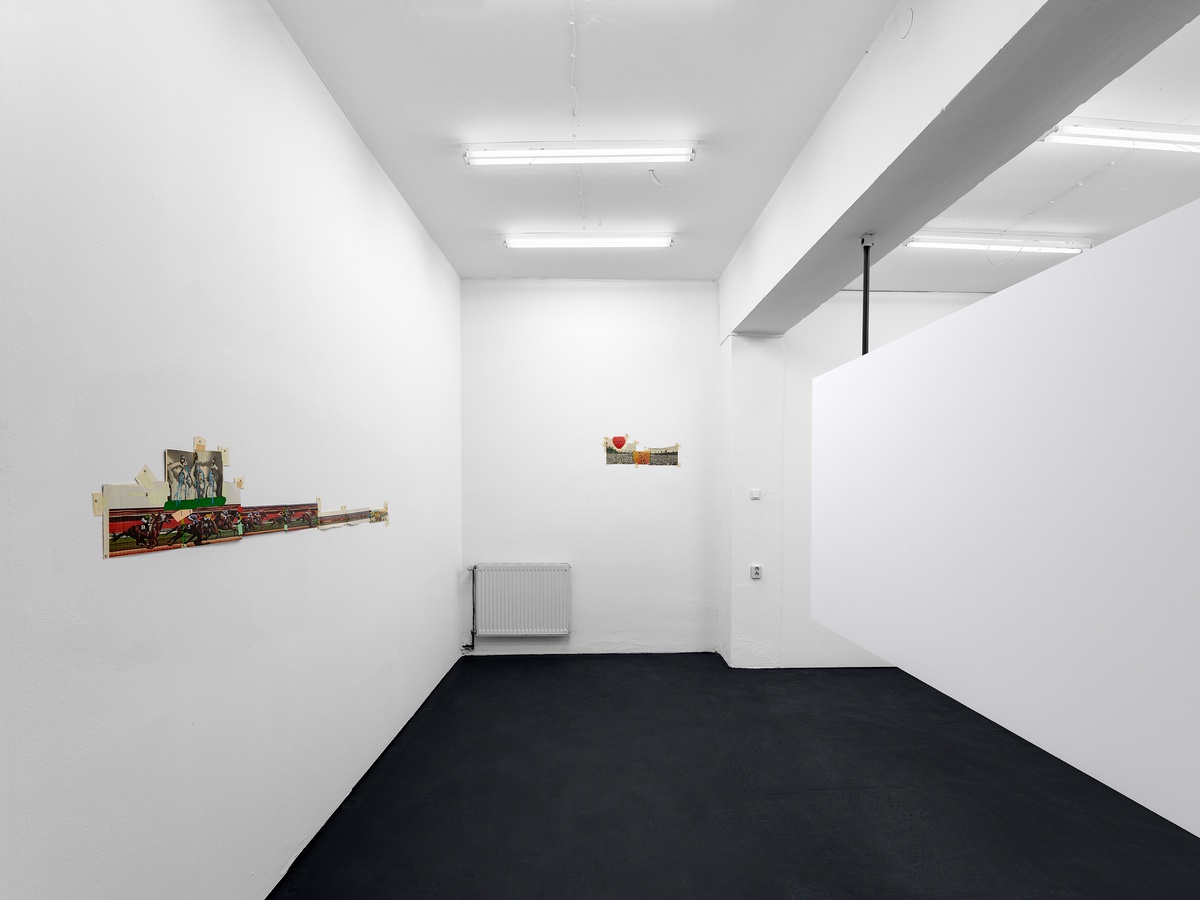
Generously funded by


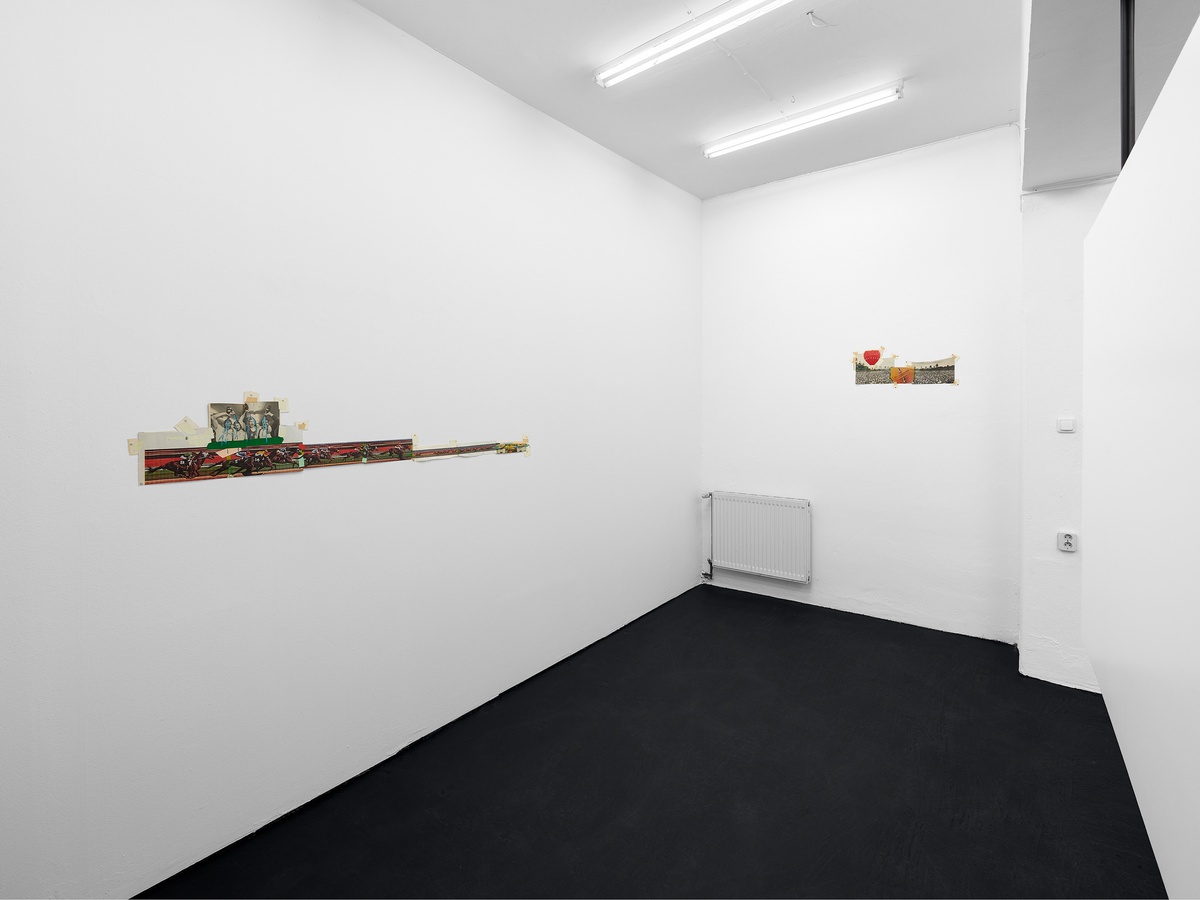
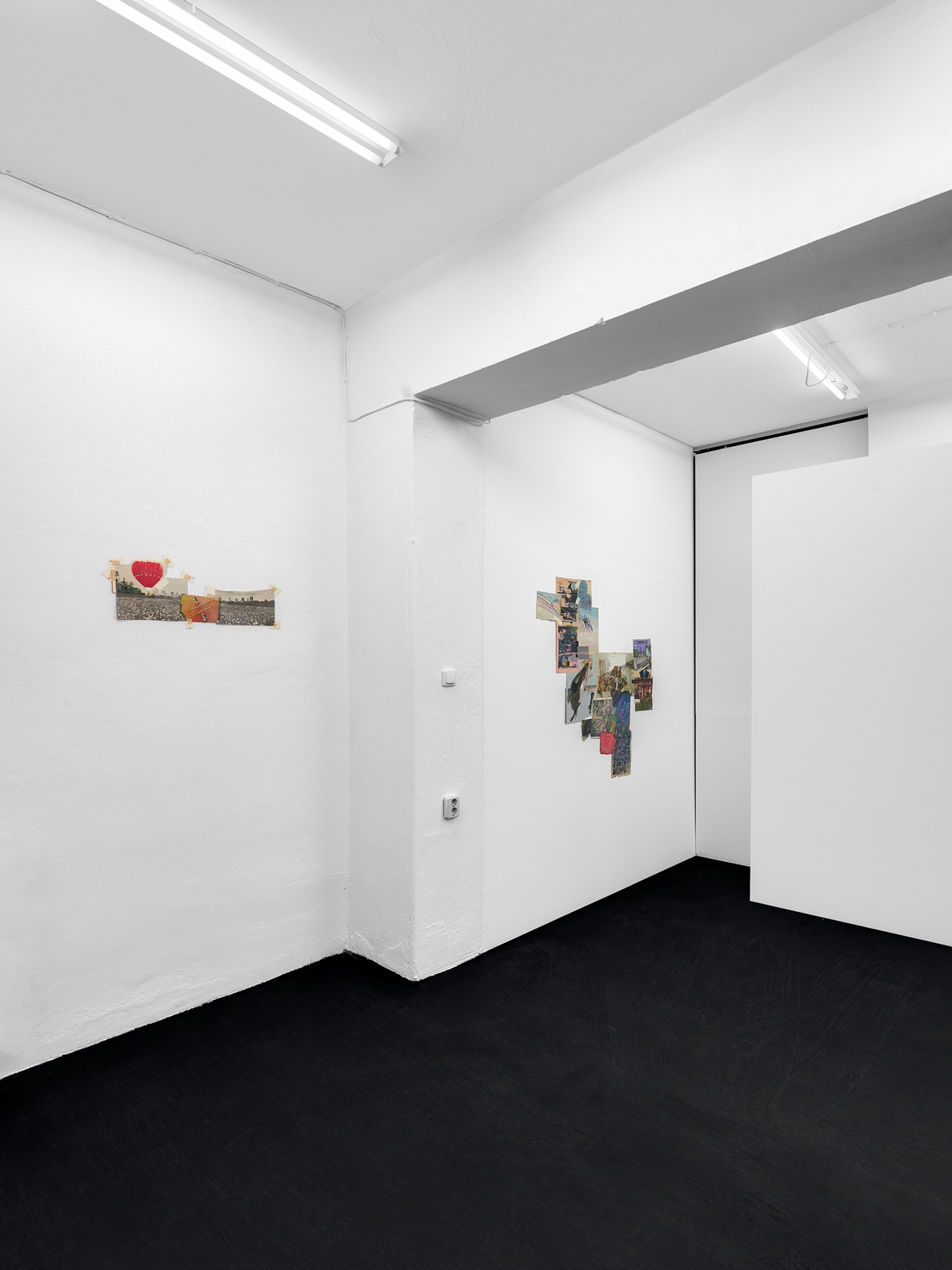
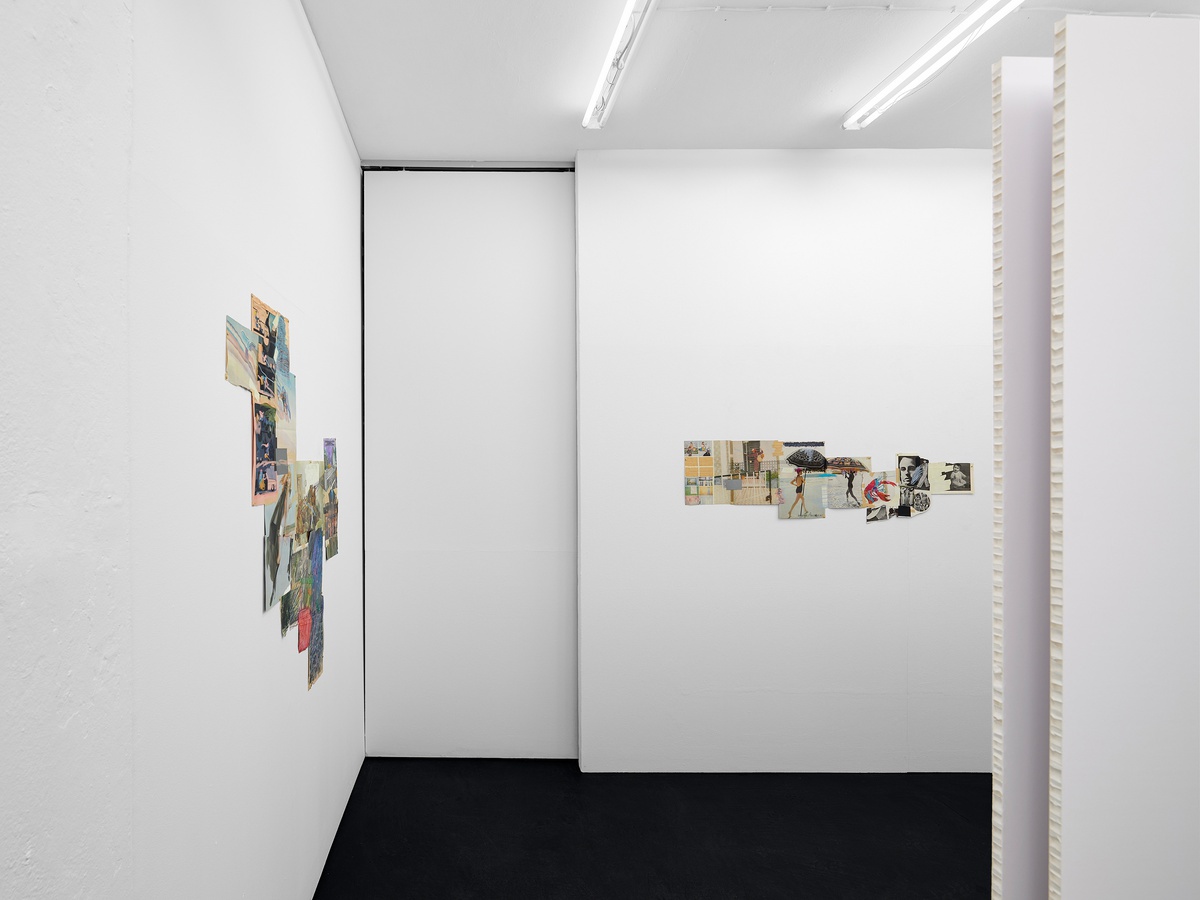

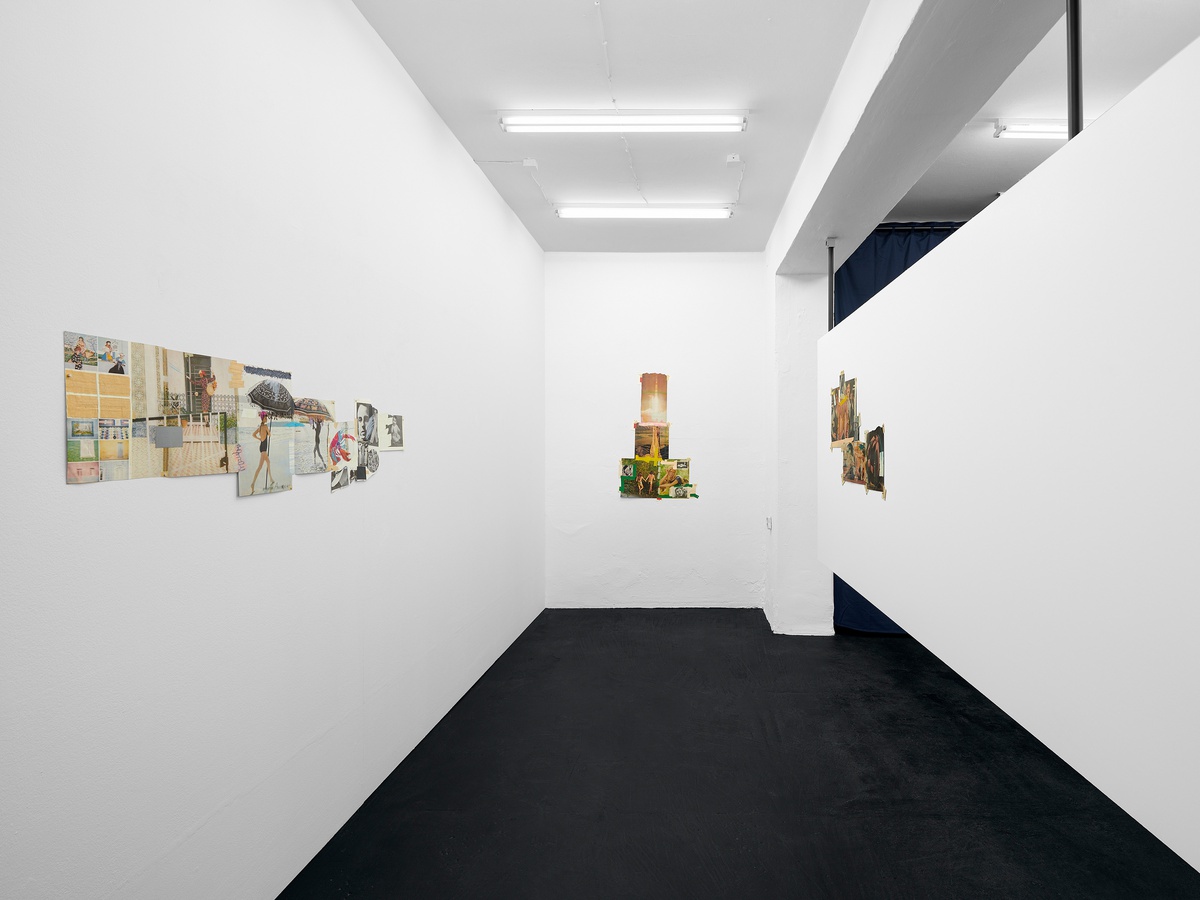
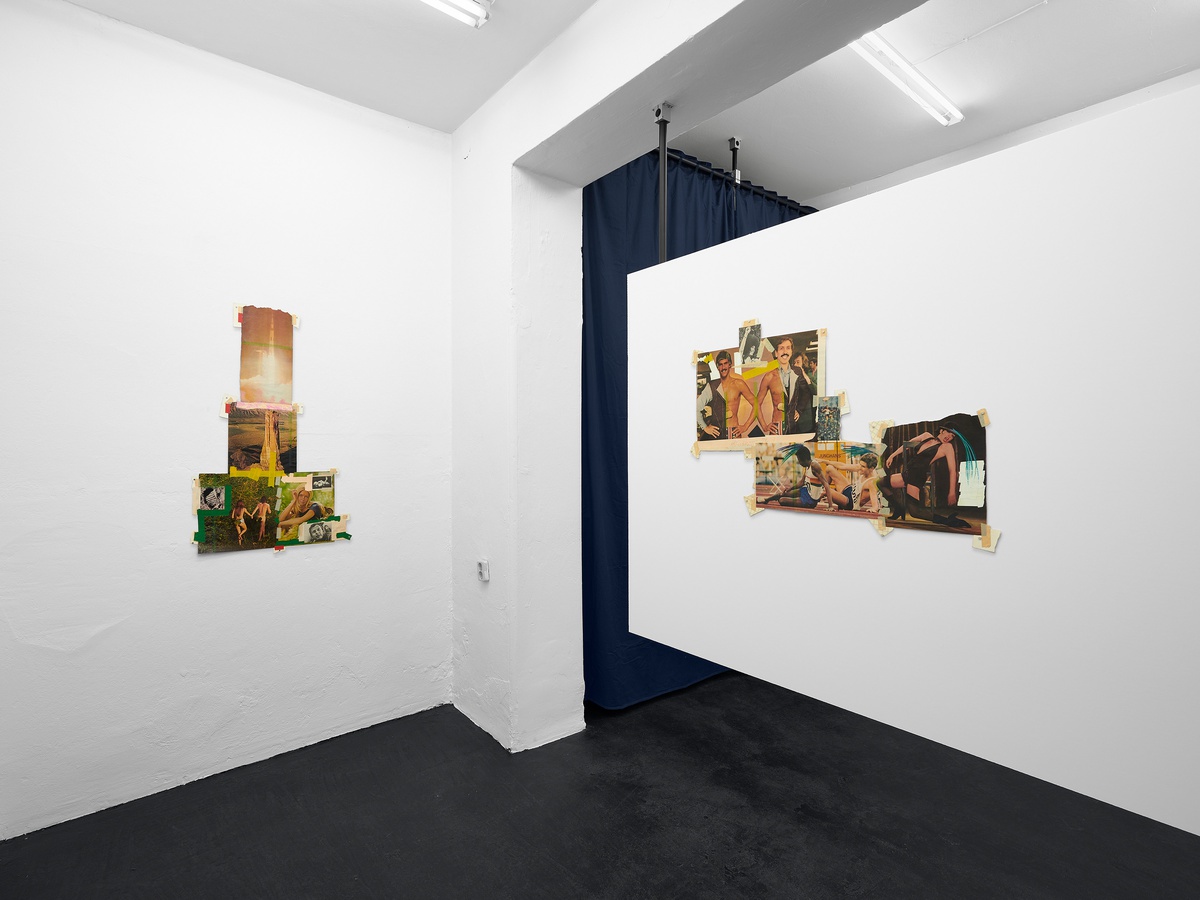
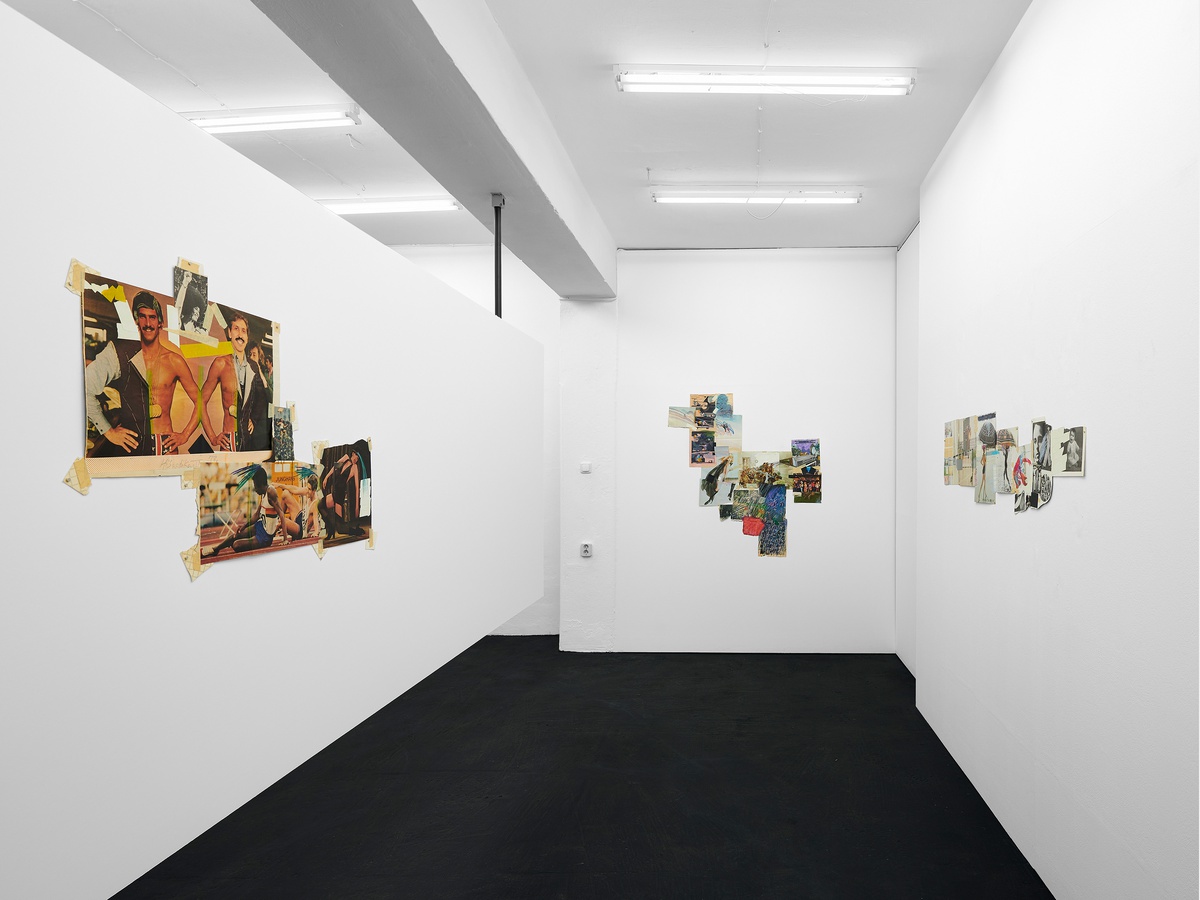
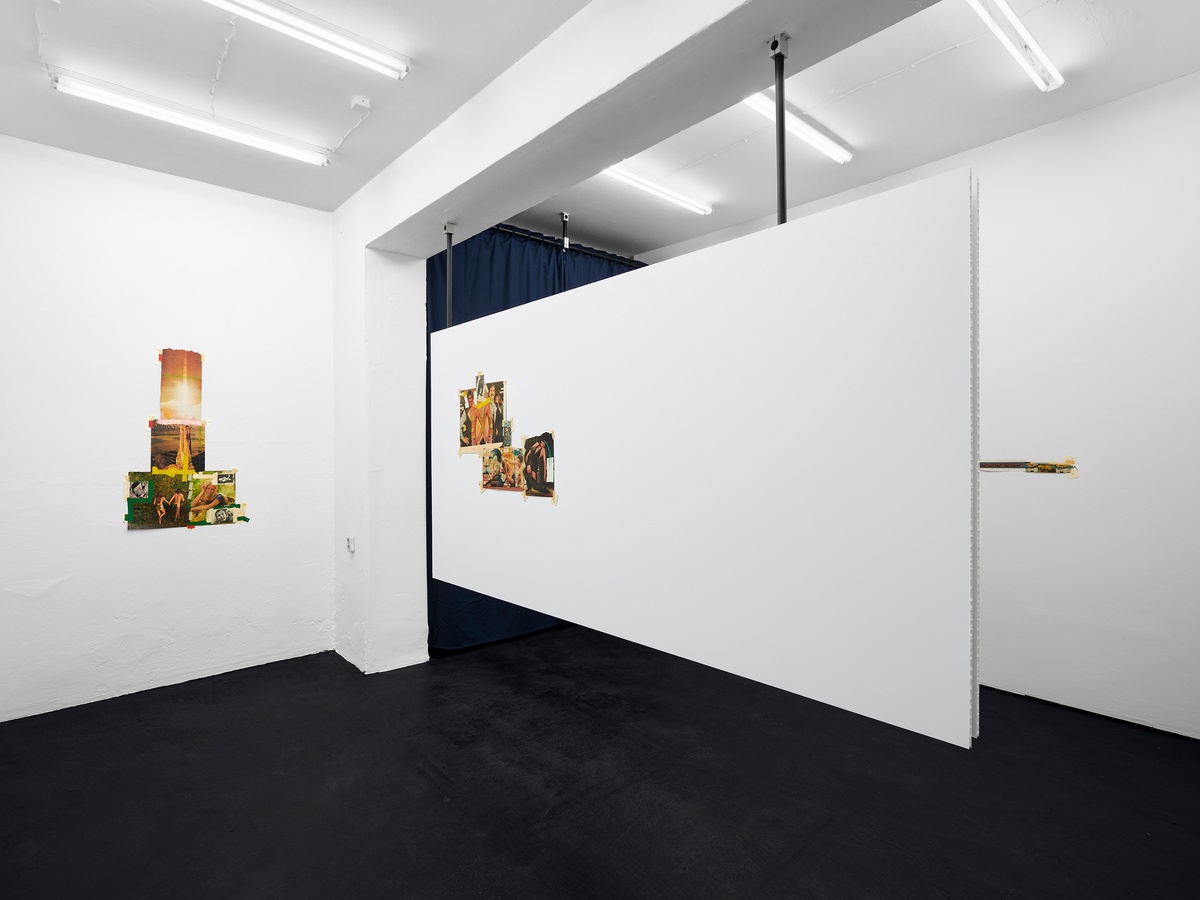
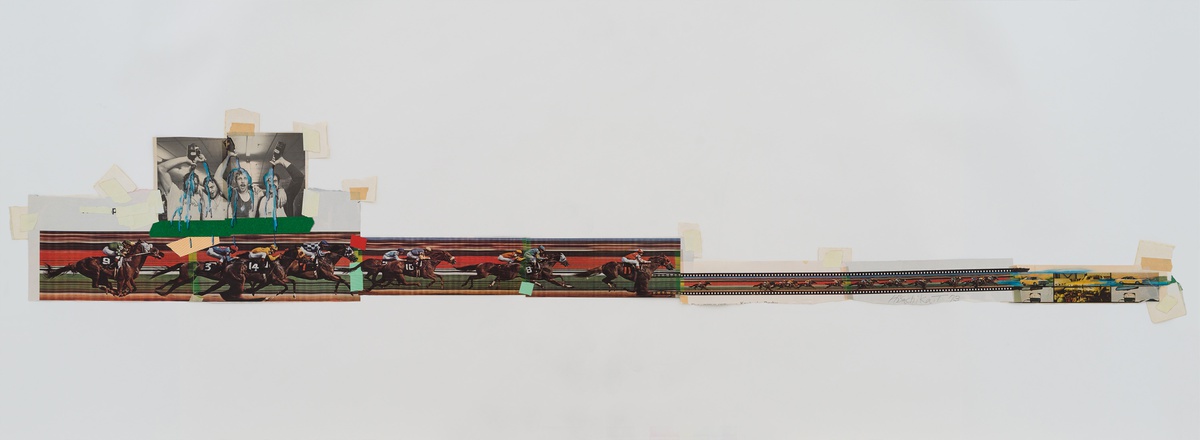
Hisachika Takahashi, Untitled, 1973
crayon, pastel, scotch and masking tape on magazine cutouts (taken from Life, Esquire, Playboy and Scientific)
30 × 181 cm
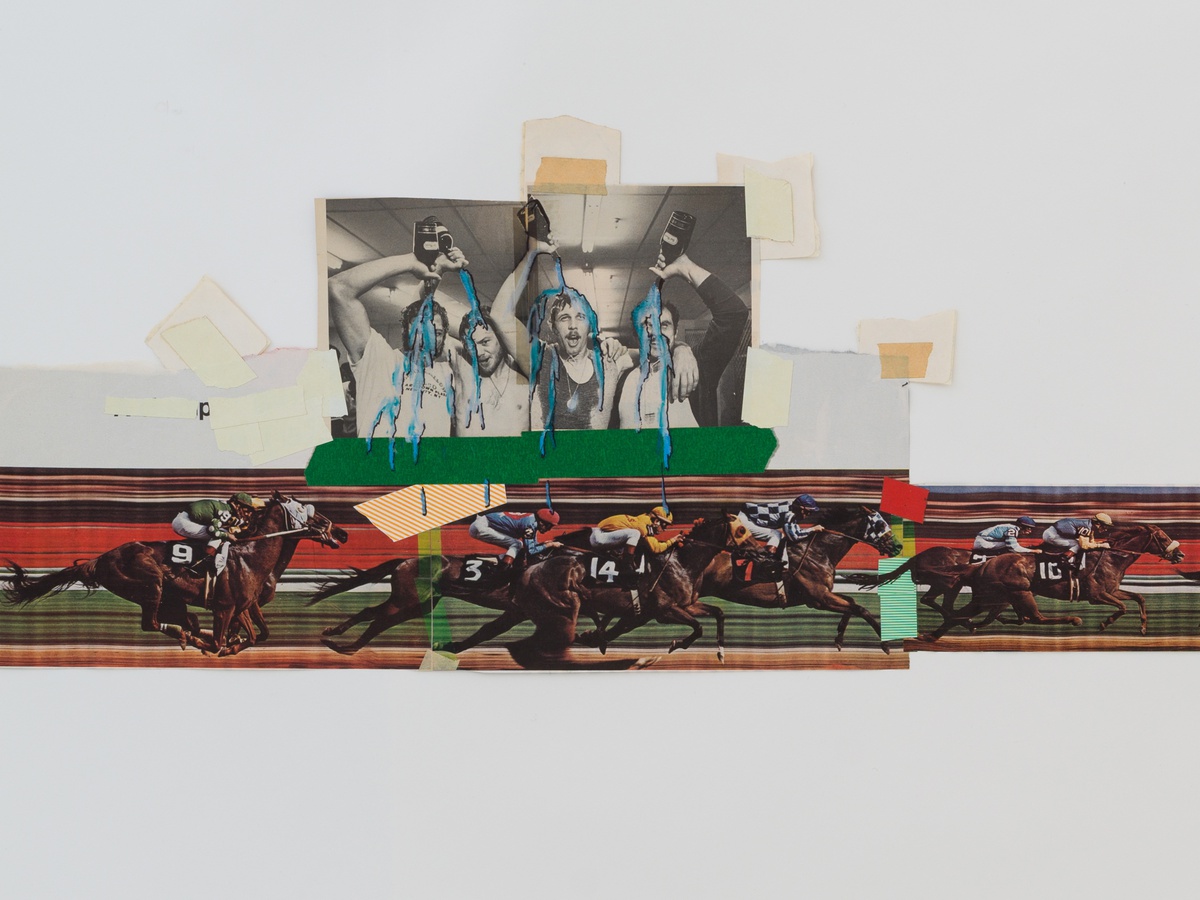
Hisachika Takahashi, Untitled (detail), 1973
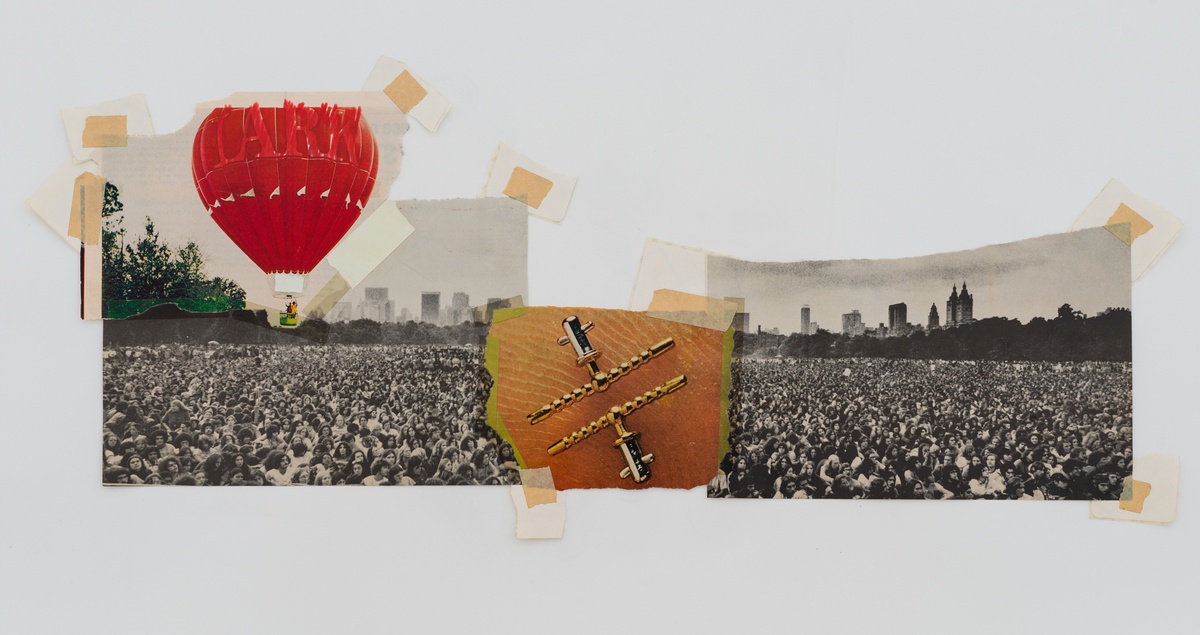
Hisachika Takahashi, Untitled, 1973
crayon, pastel, scotch and masking tape on magazine cutouts (taken from Life, Esquire, Playboy and Scientific)
29.2 × 72.4 cm
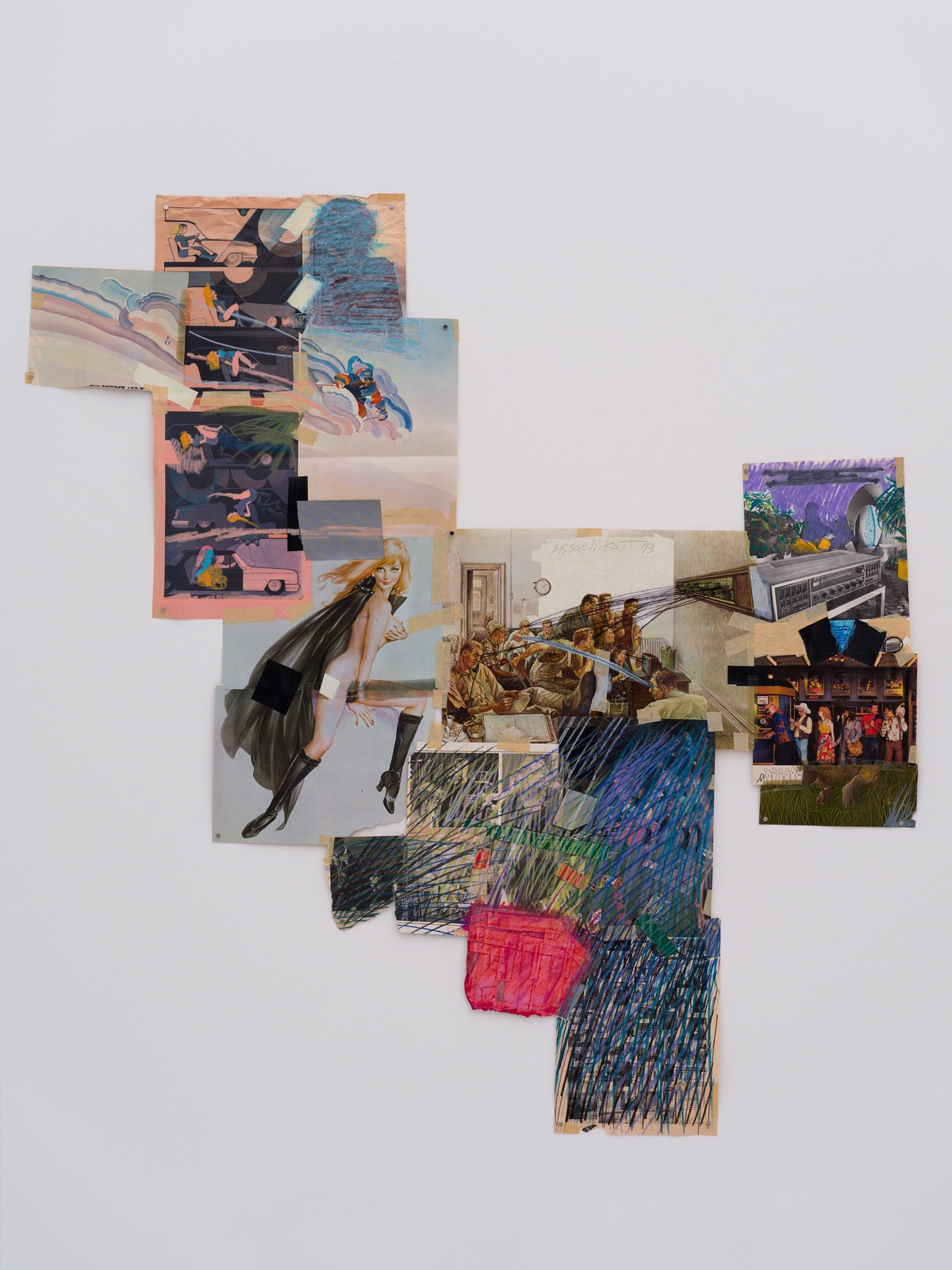
Hisachika Takahashi, Untitled, 1973
crayon, pastel, scotch and masking tape on magazine cutouts (taken from Life, Esquire, Playboy and Scientific)
125 × 116.9 cm
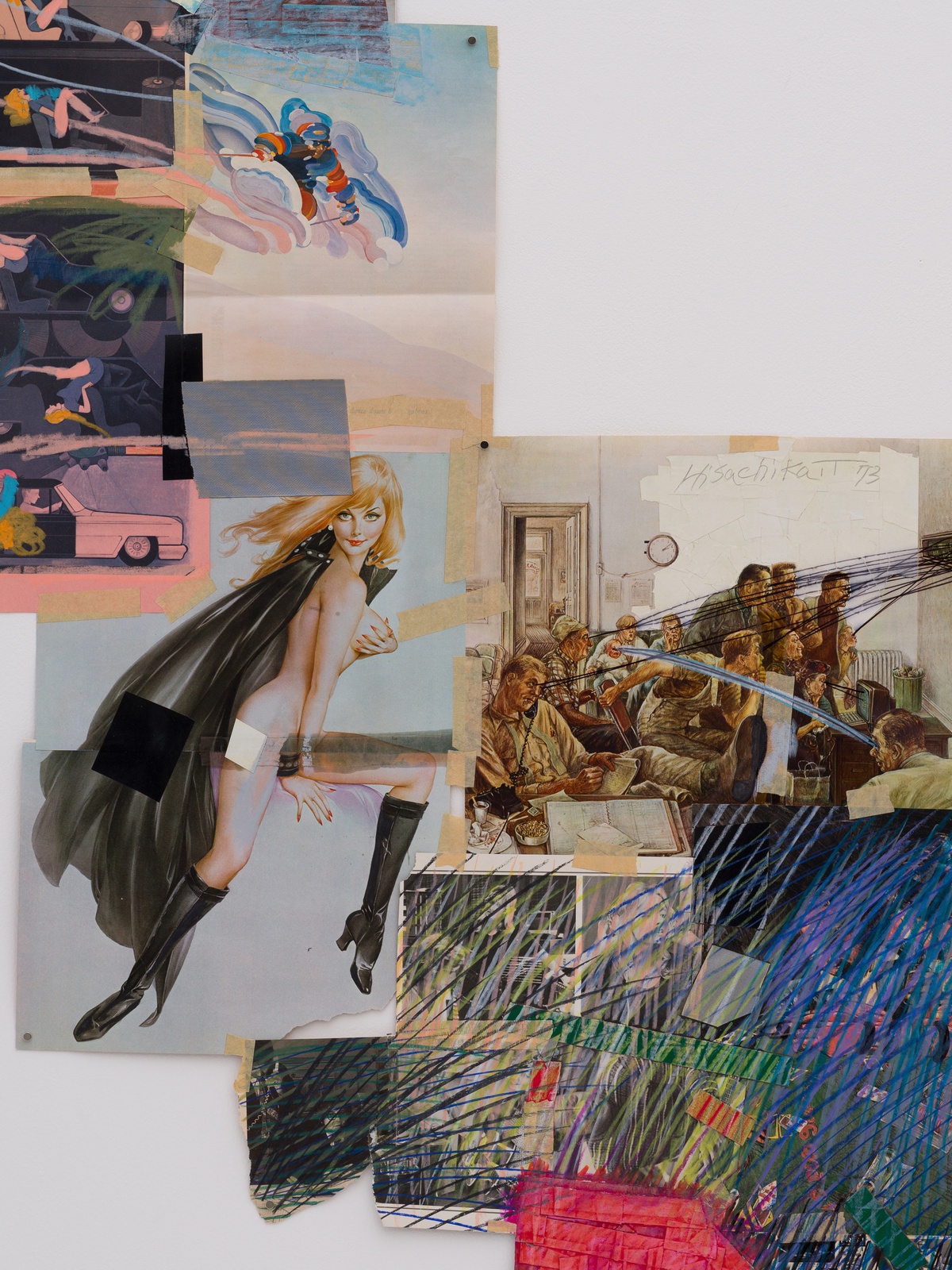
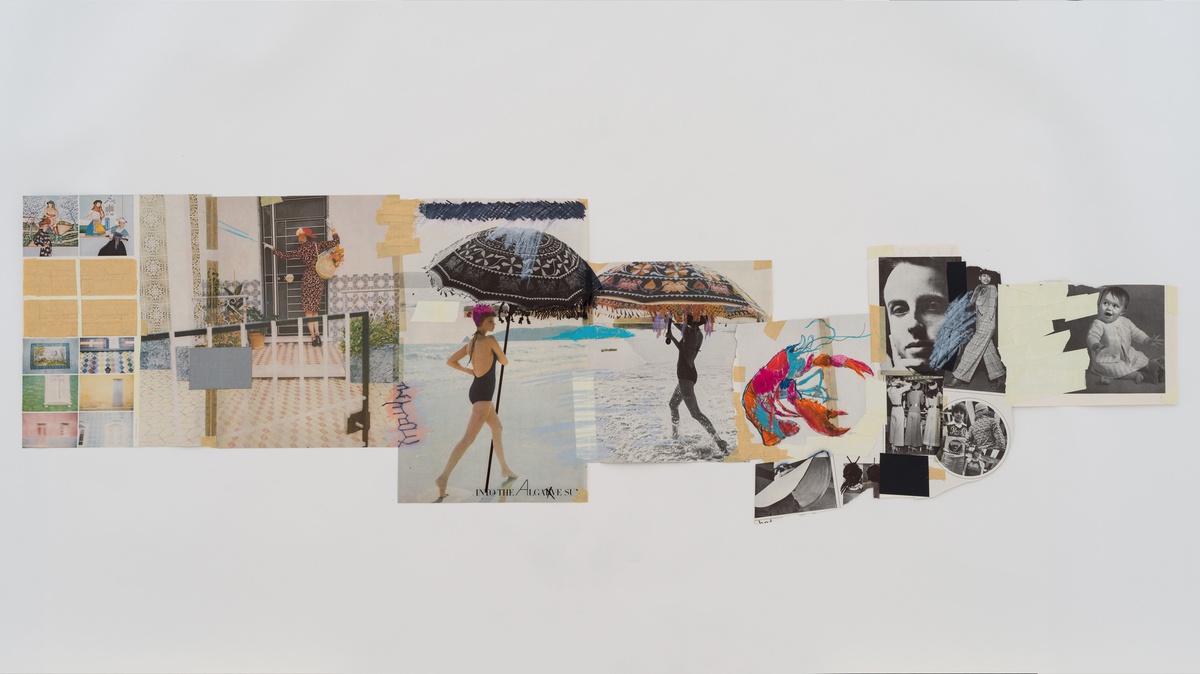
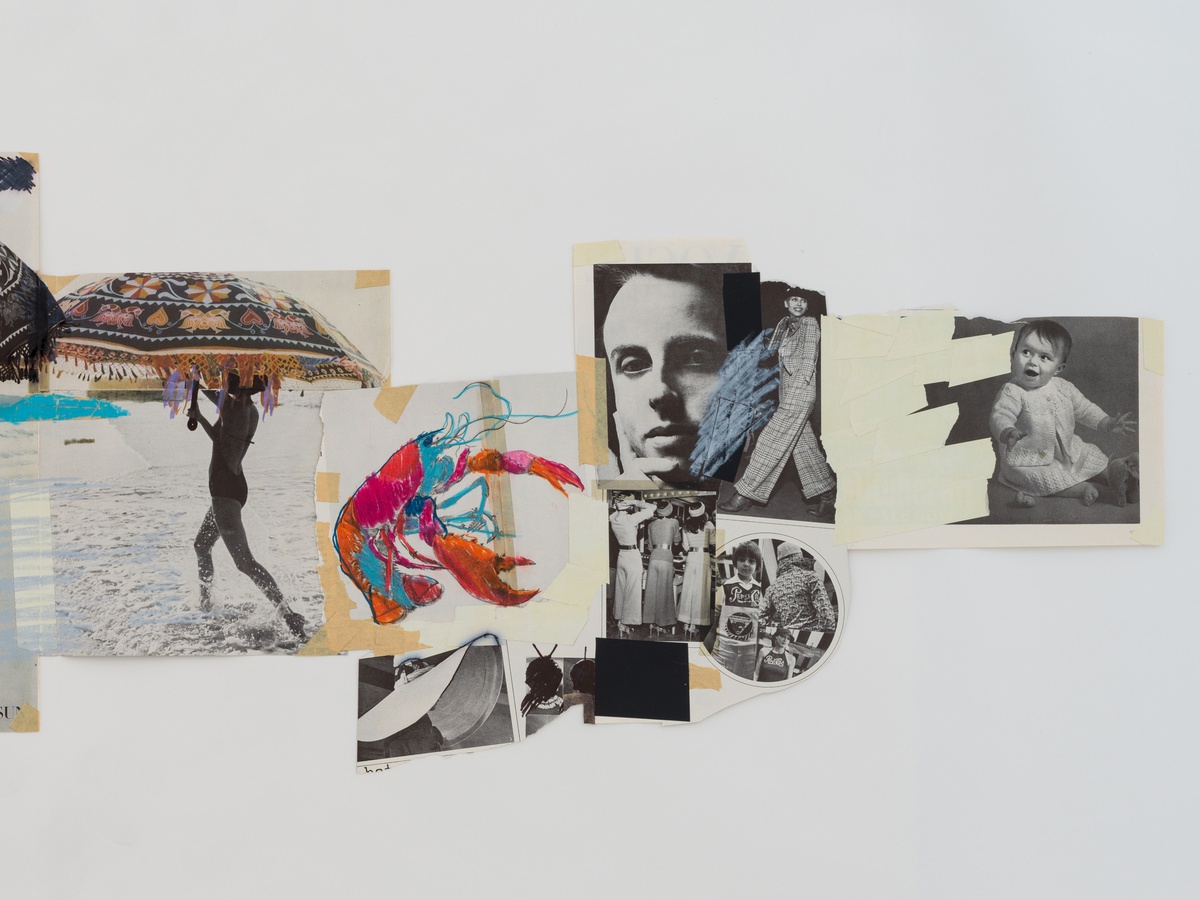
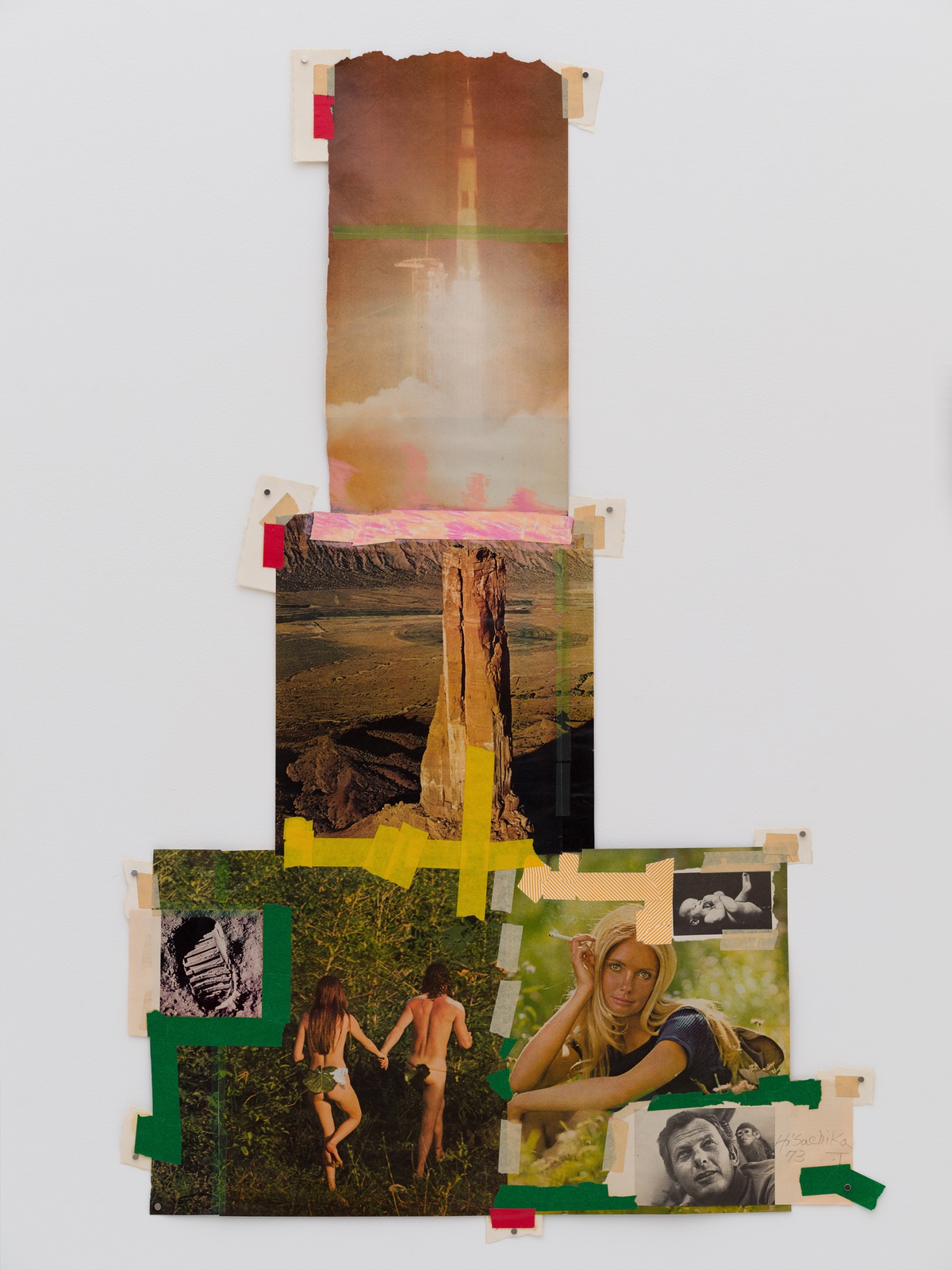
Hisachika Takahashi, Untitled, 1973
crayon, pastel, scotch and masking tape on magazine cutouts (taken from Life, Esquire, Playboy and Scientific)
110 × 73.6 cm
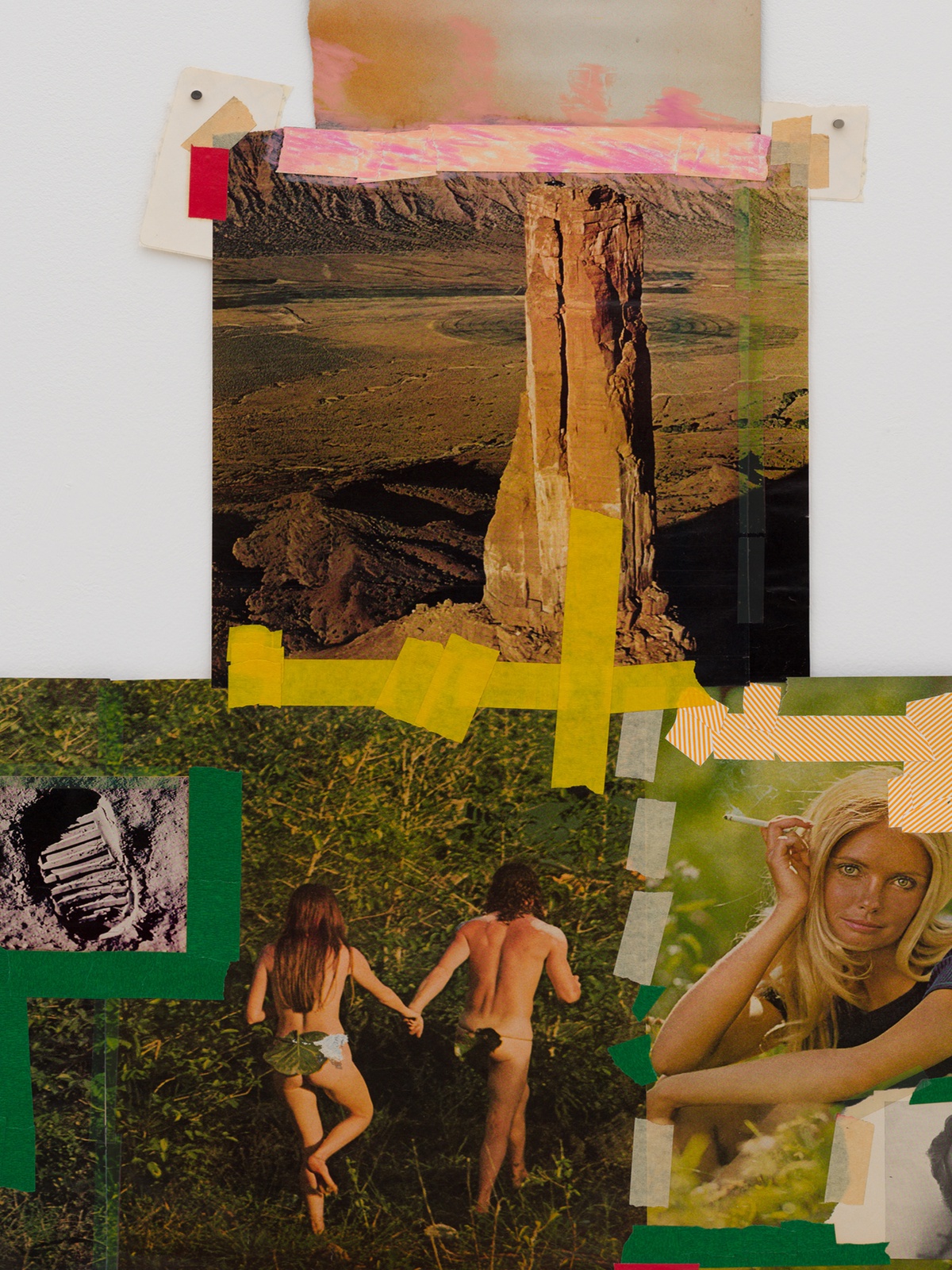
Hisachika Takahashi, Untitled (detail), 1973
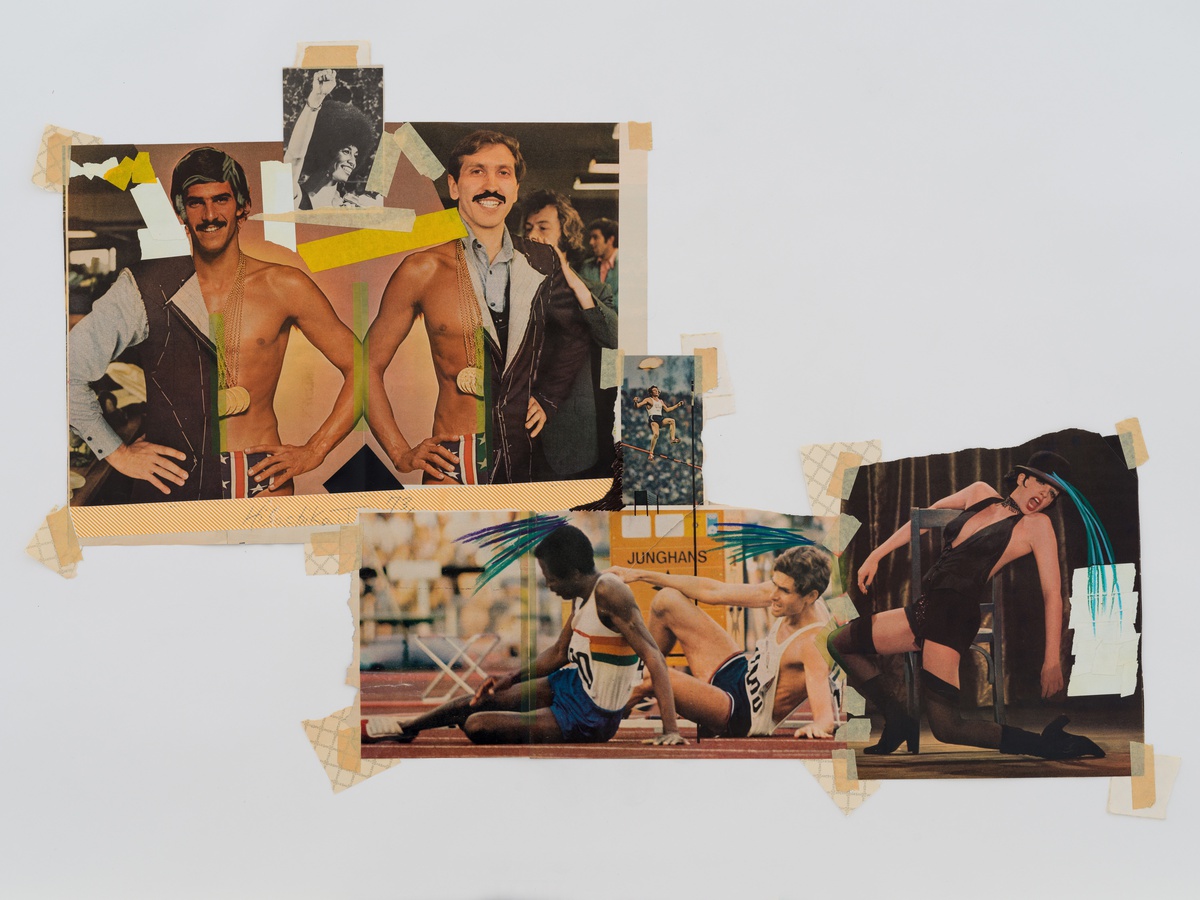
Hisachika Takahashi, Untitled, 1973
crayon, pastel, scotch and masking tape on magazine cutouts (taken from Life, Esquire, Playboy and Scientific)
63.5 × 94 cm
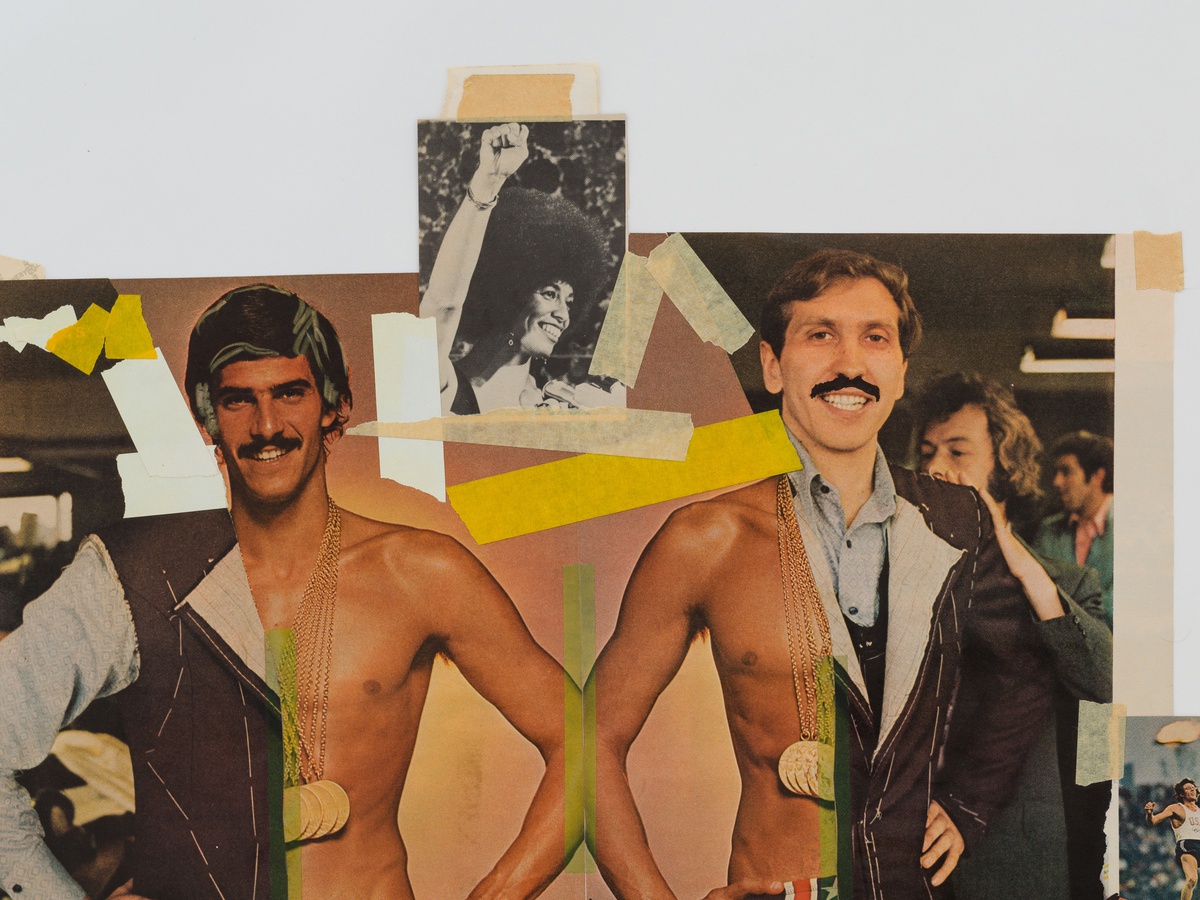
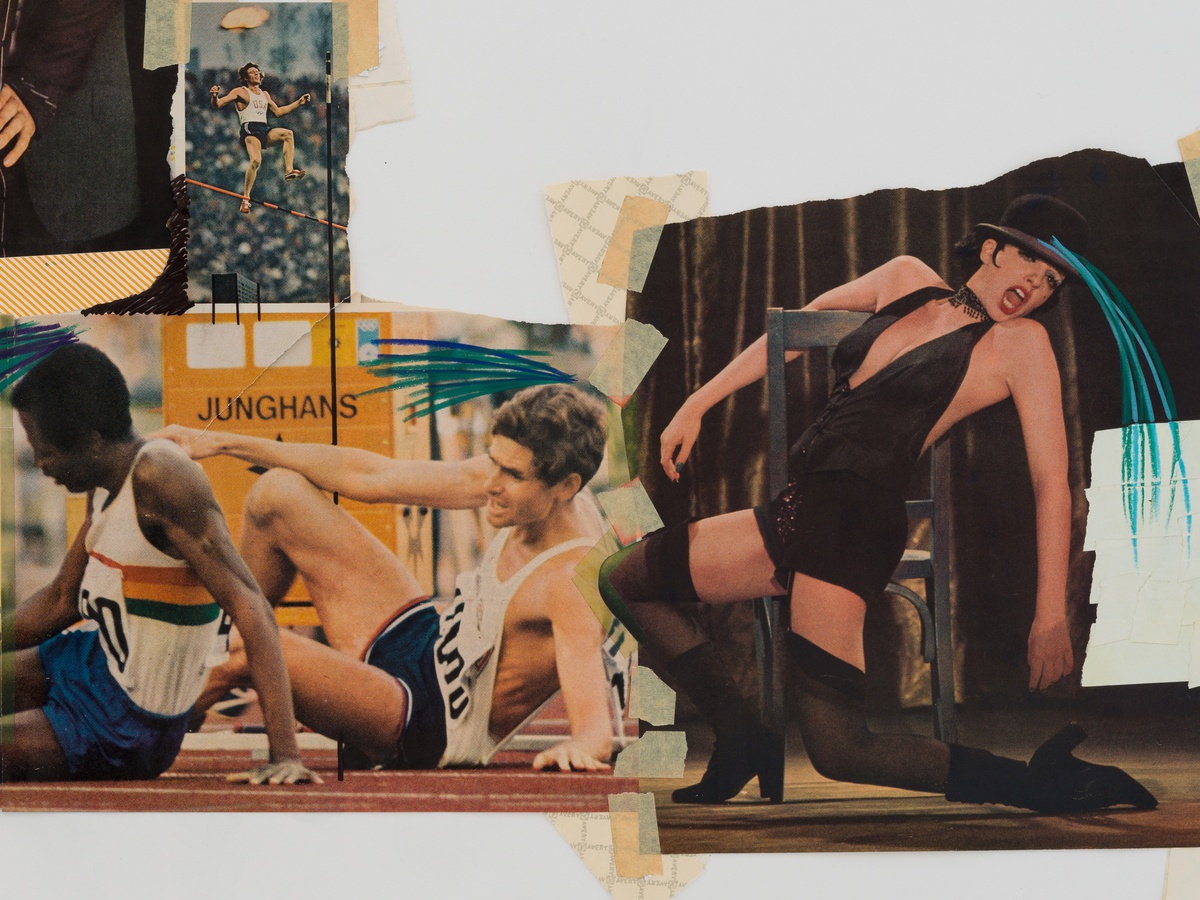
When Hisachika Takahashi traveled to the United States in 1969 and became Robert Rauschenberg’s assistant for several decades, the Tokyo-born artist had already worked for several years as Lucio Fontana’s studio assistant in Milan. In Italy, Takahashi also pursued his own painting practice; the resulting works – produced with an industrial, embossed rubber roller – were shown in his solo exhibition (1967) during the early years of the legendary Wide White Space gallery in Antwerp. Perhaps the most renowned painting of this series will remain the one Fontana slashed – resulting in a collaborative work by the two artists.
Takahashi‘s interest in collaboration has been prevalent in his work ever since and is consistently evident in several of his concept-based projects. For “FROM MEMORY DRAW ME A MAP OF THE UNITED STATES,” which he initiated in 1971-72, he asked several artists to draw a map of the United States from memory. Rauschen- berg helped him establish many of these contacts; participants included Brice Marden, Gordon Matta-Clark, Susan Weil, Cy Twombly, and Dorothea Rockburne.
In contrast, his 1973 collages resemble a personal reflection on the American media reality. There is some discussion as to whether Takahashi also based the forms of these fragile paper objects, assembled from the pages of various magazines of the time, on the sha- pes of mapped states or counties. When compared to the outlines of Kansas or California, the collages exhibit clear similarities.
In absence of any further supporting surface, Takahashi‘s restructured mediascapes take place within the boundaries of the material its- elf. Rearranged by the artist, these print products of various origins (advertisements, reportage photos, magazine covers) form their own entities. Parts of photos and texts are supplemented, emphasized or rendered unrecognizable with a wax crayon. While the tape used in the works’ montage repeatedly takes on an aesthetic role, as do a few pieces of rice paper (washi tape).
When Takahashi created the collages, he could barely speak English. We can assume that mass media imagery provided him with the most direct understanding of American society’s self-representation and the political situation of the times.
Thus, his collages resemble a – often humorous – response to the confrontation with a worldview as presented to him by (mainstream) culture. By means of existing imagery, Takahashi formulates a response in reorganizing found material, thus rendering tendencies, paradoxes, and contradictions revealingly apparent. (Patriarchy, sexism, colonialism, war, ...).
From the late 1960s onward, Takahashi has acted as an observer in the New York art world, devoting much of his energy towards the work of other artists, while being at the pulse of the times. His conception of art-making is collaborative in nature and he focuses lesson the final outcome and more on the process as such. His lack of visibility from an art historical point of view might be explained by his (culturally determined?) reserved attitude. Perhaps, his absence in the canon of the writing of history represents, above all, a structural social disregard for the Other.